About the Talk
Too High and Too Steep—Reshaping Seattle’s Topography
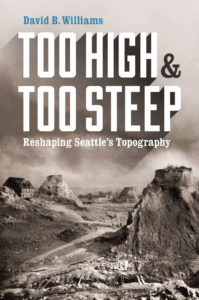
Today’s Seattle looks very different from the landscape that its founding settlers first encountered. As the city grew, its leaders and inhabitants dramatically altered its topography to accommodate their changing visions. In Too Steep and Too High, writer and geologist David Williams illuminates the physical challenges and sometimes startling hubris of these large-scale transformations, helping us find visible traces of the city’s former landscape and understand how Seattle has been radically reshaped.
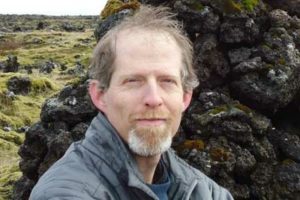
David B. Williams is a freelance writer in Seattle. Originally raised in Seattle, he went to college in Colorado where he initially studied physics but switched to geology (a smart move). He received a Bachelor of Arts in geology from Colorado College in 1987 was then hired by the Canyonlands Field Institute in Moab, Utah. This led to a job as an Interpretive Park Ranger at Arches National Park and then in Boston while his wife attended graduate school in 1997. He must have heard Horace Greely’s admonition of Go West Young Couple, and they returned to Seattle where he became a well-established writer of natural history books and occasional urban geology tour guide. Since 1999, he had been associated with Seattle’s Burke Museum in their education department.
His list of books includes several naturalist’s guides to Canyon Country, The Street-Smart Naturalist: Field Notes from Seattle, Cairns—Messengers in Stone, Stories in Stone (which he told us about in 2013), and his newest book—Too High and Too Steep—Reshaping Seattle’s Topography. David says his interest in urban geology was sparked by the use of stone in the Downtown Seattle Transit Tunnel. Book signing as well…
About the Speaker
David B. Williams is a freelance writer focused on the intersection of people and the natural world. His books include Stories in Stone: Travels Through Urban Geology; The Seattle Street-Smart Naturalist: Field Notes from the City; Cairns: Messengers in Stone. Stories in Stone; and Too High & Too Steep the subject of today’s talk. David also works at the Burke Museum and is a former National Parks ranger in Utah and Massachusetts. He maintains the blog GeologyWriter.com from his home base in Seattle.

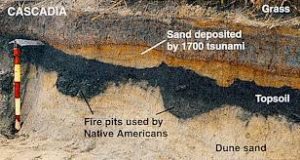
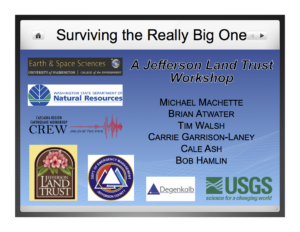
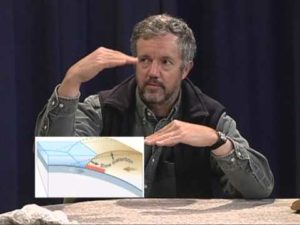
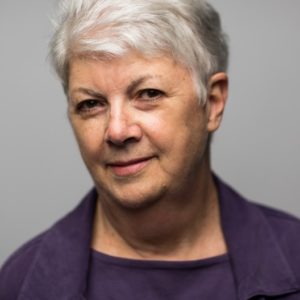 Dr. Nesbitt is Curator of Paleontology at the Burke Museum and Earth Sciences professor at the University of Washington. She received her doctorate from the University of California, Berkeley.
Dr. Nesbitt is Curator of Paleontology at the Burke Museum and Earth Sciences professor at the University of Washington. She received her doctorate from the University of California, Berkeley.